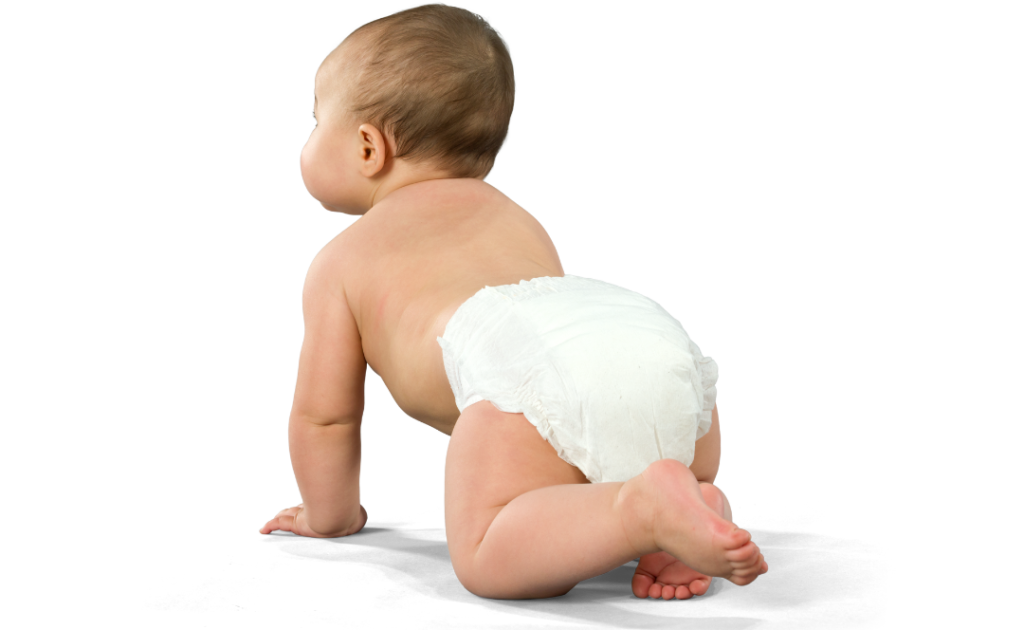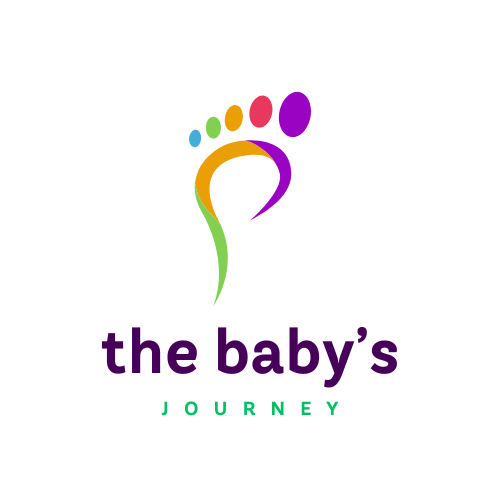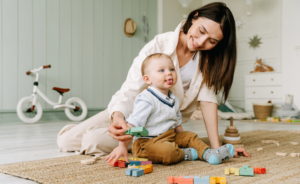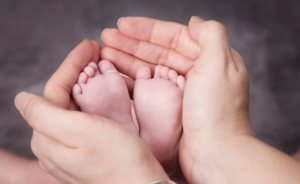Whether your baby is still bald or already rocking a full head of hair, here’s what you need to know about infant hair loss, when your baby’s permanent hair will start to grow, and how to care for their locks (or lack of them) in the meantime.
While a few babies enter the world with a full head of hair, many come out sporting spiky mohawks, patchy tufts, or even a scraggly comb-over. Others may be born completely bald. Regardless of the starting point, don’t worry too much about your little one’s hair situation—it can change quickly. Newborn hairdos often come and go in the blink of an eye.
“My baby was born with a full head of hair, but now it’s falling out!” says a parent in the What to Expect Community. If you’re facing a similar situation, know that this is completely normal and part of the natural development process.
Contents
Why Do Babies Lose Their Hair?

Whether your baby had a full mane at birth or a few small sprouts, hair loss is common during the first few months. Infant hair loss typically happens because of the hormonal changes that occur after birth. Pregnancy hormones, which often enhance hair growth during pregnancy, drop suddenly, triggering the shedding phase (called the exogen phase). This causes hair to fall out, which is entirely natural and expected.
“It’s normal for babies to lose their hair in the first few months of life,” says Dr. Kyle Monk, a pediatrician. Hair growth happens in cycles, and the shedding phase is just part of the process. The good news? After this shedding, new hair typically begins to grow soon after.
When Will Your Baby’s Hair Grow Back?
Wondering when your baby will sport a full head of hair again? The answer is: it varies. Some babies grow their new hair by 6 months, while others may not see significant hair growth until two or three years old. The color and texture of this new hair might even differ from what they were born with. For instance, dark hair might come in lighter, and curls may turn straight.
“I had three children who were born with one hair color and later developed a completely different one,” shares a parent from the What to Expect Community. “One was born a redhead and became blonde, another went from dark brown to blonde, and my most recent baby had brown hair that is now coming in red!”
Key Takeaways
- Babies may start growing hair in the womb, but the hair they’re born with often changes.
- Many infants experience hair loss during the first few months due to hormonal changes, and this shedding is part of the natural cycle.
- New hair growth often takes time, but it’s a unique process for every baby, with some experiencing growth as early as 6 months and others taking up to three years. Hair color and texture might change, too.
How to Care for Your Baby’s Hair and Help It Grow

While you can’t rush hair growth, there are ways to treat your baby’s hair (or lack of hair) with care and patience.
- Keep your baby off her back while awake. It’s common for babies to develop bald spots from spending a lot of time lying on their backs. While it’s essential to place your baby on her back to sleep for safety reasons, you can promote healthy hair growth by giving her plenty of tummy time and holding her upright when she’s awake.
- Avoid over-brushing. Brushing your baby’s hair too much can actually cause damage. Gentle brushing is fine, but don’t overdo it. Stick to combing the hair only when necessary.
- Use a wide-tooth comb on wet hair. Wet hair is more fragile, so if you need to detangle, use a comb instead of a brush to prevent breakage.
- Avoid tight hairstyles. If you want to style your baby’s hair, opt for soft bands or clips that won’t pull or damage the hair.
- Focus on a healthy diet. Nutrition plays a significant role in overall growth, including hair development. If you’re breastfeeding, continue to nourish your baby with breast milk. Once solids are introduced, make sure to provide a variety of healthy foods, especially those rich in vitamins and minerals like protein, iron, calcium, and omega-3s.
- Consider coconut oil. Some parents use coconut oil to massage the scalp gently after bath time. While research is limited, it’s thought that coconut oil can support scalp health and hair growth. Always check with your pediatrician before trying any new products.
- Soothing cradle cap. Cradle cap, or seborrheic dermatitis, is a common condition that causes flaky patches on the scalp. You can alleviate this by gently massaging mineral oil onto the scalp and washing it with mild baby shampoo. This can help clear up the scales and may also promote hair growth.
If your baby has a full head of hair, be sure to treat it gently to maintain its smooth texture. Here’s how to keep those fine locks in good condition:
- Don’t wash your baby’s hair every day. Newborns don’t need daily shampooing. Aim to wash your baby’s hair just a couple of times a week.
- Use a soft-bristle brush or wide-toothed comb. This will help avoid any pulling or tangling of the delicate strands.
- If your baby needs a trim, go ahead. If the hair gets long enough to require a trim, you can gently cut it. Just make sure she’s well-rested and fed before doing so, and have some toys or distractions ready to keep her calm.
Whether your baby is born with a full head of hair or is bald for a while, keep in mind that her hair situation will evolve. In the meantime, shower her with love, kisses, and plenty of adorable photos, as in a few years, you’ll both look back and marvel at the hair she had (or didn’t have!) as a newborn.



